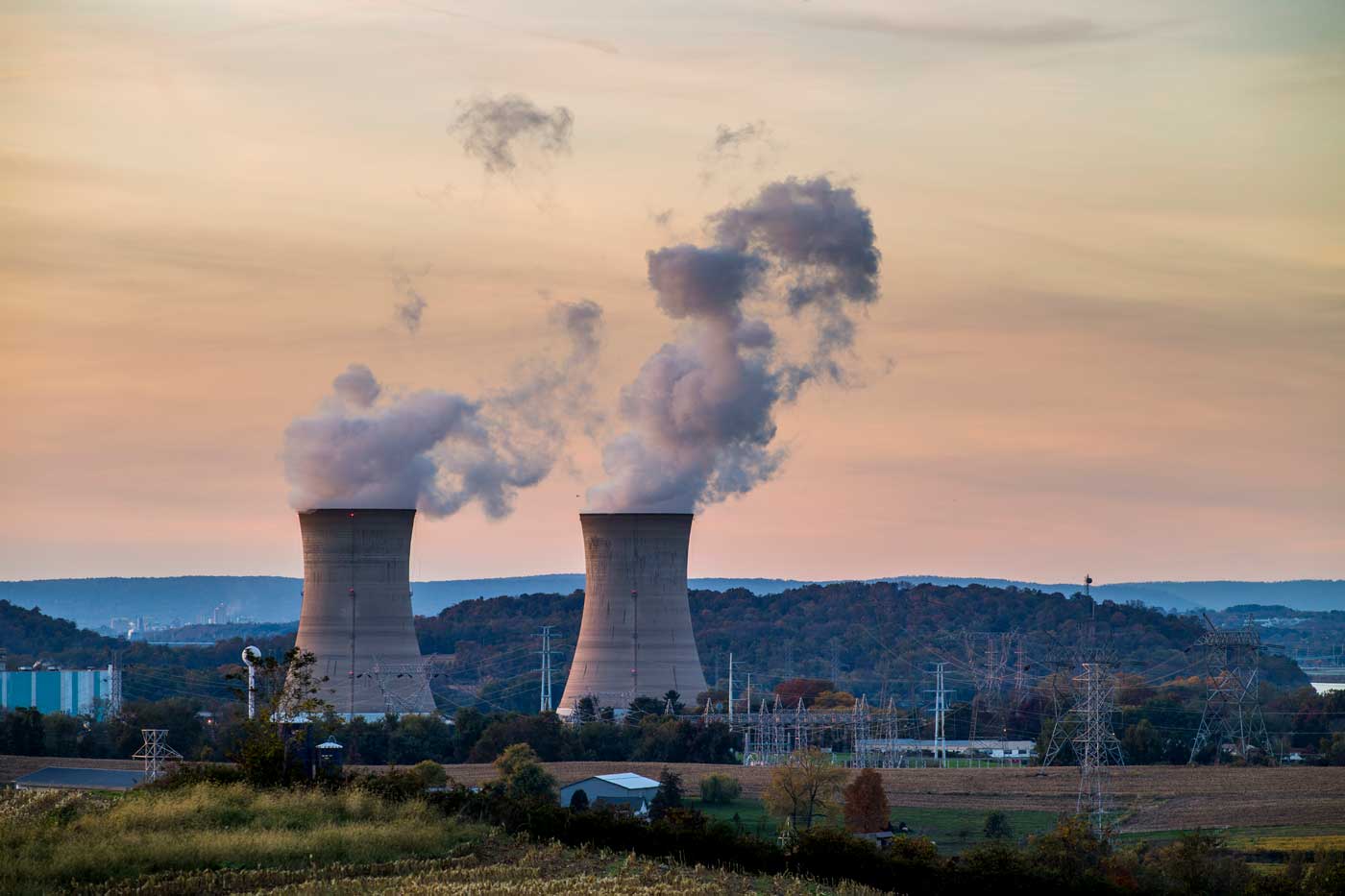
Renewable Energy Update: Key Trends and Developments in 2024
Here are four recent and notable developments in the renewable energy industry in Virginia, across the country, and around the globe.
New Power Sources Driving Renewable Energy Growth
Tech giants are increasingly turning to innovative renewable energy sources to power their energy-hungry operations—particularly when it comes to artificial intelligence.
Facebook owner Meta Platforms has struck a deal with Sage Geosystems to purchase 150 megawatts of geothermal power for its U.S. data centers. This project is anticipated to be operational by 2027. Geothermal power is a renewable energy source that uses the Earth’s internal heat to produce electricity and heat water.
In a groundbreaking move, Constellation Energy and Microsoft have signed a deal under which Microsoft will purchase all 835 MWs of electricity produced by a restarted unit of the Three Mile Island nuclear power plant in Pennsylvania. This would mark the first-ever restart of its kind, highlighting the growing interest in nuclear energy as a reliable, nearly carbon-free power source for tech companies with uninterrupted power needs and climate pledges.
Virginia Addresses Data Center-Driven Load Growth
The surge in electricity demand from data centers is raising reliability concerns in Virginia and beyond. In response, the State Corporation Commission has scheduled a Commissioner-led technical conference for December 16, 2024. This conference will explore current and future challenges of serving large-use, hyperscale customers, considering perspectives from utility consumer services cooperatives, investor-owned electric utilities, existing customers, and potential new load. The goal is to develop frameworks that address risks, ensure fairness to current and future customers, and comply with Virginia statutory law.
Solar Power Set to Become Second-Largest Source of U.S. Generating Capacity
Recent analysis by Solar Power World, as highlighted by Jared Burden in a recent post, reveals that solar energy is on track to become the second-largest source of U.S. electricity generating capacity, despite ongoing challenges such as local opposition in some communities. Key findings show that renewable energy sources now account for over 30% of total U.S. utility-scale electrical generating capacity, with solar dominating new capacity additions. In the first seven months of 2024, solar comprised 76.9% of all new generation capacity.
The Federal Energy Regulatory Commission (FERC) projects that by August 1, 2027, solar will account for 15.0% of the nation’s installed utility-scale generating capacity, potentially surpassing both coal (13.2%) and wind (12.8%). This rapid growth demonstrates the industry’s resilience and the increasing economic viability of solar technology.
Solar Farms Show Positive Impact on Property Values
A new study published in a recent edition of the Solar Compass journal addresses concerns about the impact of large solar farms on nearby property values. Researcher Gilbert Michaud’s examination of 70 utility-scale solar projects in the Midwest found a slight positive effect, with property values increasing by 0.5% to 2%. This finding contradicts a common concern raised in community meetings about proposed solar projects and may help alleviate opposition to future developments.
These recent developments underscore the dynamic nature of the renewable energy sector. From emerging power sources and regulatory changes to market trends and technological innovations, the landscape is evolving rapidly, offering both challenges and opportunities for stakeholders in the renewable energy space. If you have any questions or require assistance navigating these developments, please contact our renewable energy law specialists.



Sorry, the comment form is closed at this time.